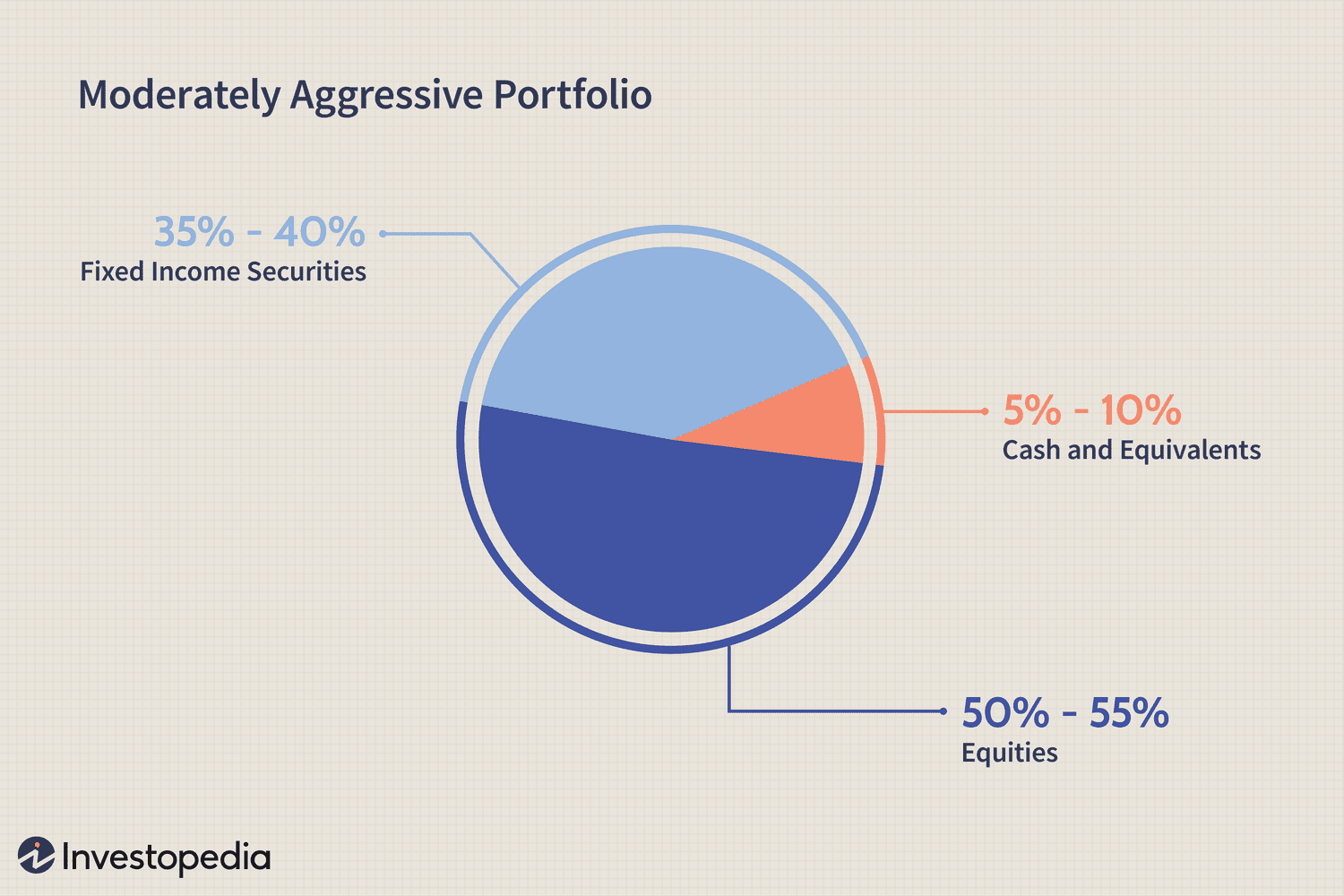Demystifying the World of Stocks: Everything You Need to Know
Introduction to Stocks and the Stock Market
Investing in stocks can seem intimidating, especially if you are new to the world of finance. However, with a basic understanding of how stocks work and the factors that influence their prices, you can navigate the stock market with confidence. In this article, I will demystify the world of stocks, providing you with everything you need to know to get started.
At its core, a stock represents ownership in a company. When you buy shares of a stock, you become a shareholder and have a claim on the company’s assets and earnings. Stocks are traded on stock exchanges, which provide a platform for buyers and sellers to come together and exchange shares. The most well-known stock exchanges include the New York Stock Exchange (NYSE) and the Nasdaq.
How Stocks Work: Understanding Shares and Ownership
To understand stocks, it’s important to grasp the concept of shares and ownership. A share is a unit of ownership in a company. When a company goes public, it issues shares to raise capital. These shares are then bought and sold on the stock market. As a shareholder, you have certain rights, such as voting in company matters and receiving dividends, which are a portion of the company’s profits distributed to shareholders.
The value of a stock is determined by various factors, including the company’s financial performance, industry trends, and market sentiment. If a company performs well and its prospects look promising, the demand for its stock will increase, driving up its price. Conversely, if a company faces challenges or the market sentiment turns negative, the stock price may decline. It’s important to note that stock prices can be volatile and may fluctuate significantly in response to various factors.

Different Types of Stocks: Common Stocks, Preferred Stocks, and More
When investing in stocks, it’s crucial to understand the different types of stocks available. The most common types are common stocks and preferred stocks. Common stocks represent ownership in a company and come with voting rights. Preferred stocks, on the other hand, typically do not offer voting rights but have a higher claim on the company’s assets and earnings.
In addition to common and preferred stocks, there are other types of stocks you may come across. For example, some companies issue dual-class shares, which have different voting rights. Growth stocks are shares of companies that are expected to grow at an above-average rate. Dividend stocks are shares of companies that regularly distribute a portion of their profits as dividends. By understanding the different types of stocks, you can tailor your investment strategy to align with your financial goals and risk tolerance.
The Role of Stock Exchanges in Buying and Selling Stocks
Stock exchanges play a crucial role in facilitating the buying and selling of stocks. These centralized marketplaces bring together buyers and sellers, providing a platform for transactions to occur. The NYSE and Nasdaq are two of the largest stock exchanges in the world, with thousands of listed companies.
When you want to buy or sell a stock, you place an order through a brokerage firm, which acts as an intermediary between you and the stock exchange. The brokerage firm executes your order on the stock exchange, matching it with a counterparty who is willing to buy or sell the stock at the specified price. This process ensures liquidity and transparency in the stock market, allowing investors to easily trade stocks.
Factors Influencing Stock Prices: Supply and Demand, Company Performance, and Market Sentiment
Stock prices are influenced by various factors, and understanding these factors can help you make informed investment decisions. The primary drivers of stock prices are supply and demand. When there is high demand for a stock and limited supply, the price tends to increase. Conversely, if there is low demand or a large supply of shares available, the price may decline.
Company performance is another important factor that affects stock prices. Investors closely monitor a company’s financial statements, such as its revenue, earnings, and profit margins, to assess its health and growth potential. Positive financial performance can drive up a stock’s price, while poor performance can lead to a decline.
Market sentiment, or investor psychology, also plays a significant role in stock price movements. If investors have a positive outlook on the economy and the stock market, they are more likely to buy stocks, driving up prices. Conversely, if there is negative sentiment, investors may sell their stocks, leading to price decreases. News events, economic indicators, and geopolitical developments can all influence market sentiment.
How to Invest in Stocks: Opening a Brokerage Account and Choosing Stocks
To invest in stocks, you need to open a brokerage account. A brokerage account is a type of financial account that allows you to buy and sell stocks and other securities. There are two main types of brokerage accounts: full-service and discount.
A full-service brokerage account offers a wide range of services, including personalized investment advice and research, but often comes with higher fees. On the other hand, a discount brokerage account offers lower fees but may provide fewer services. When choosing a brokerage account, consider your investment needs, trading frequency, and the level of support you require.
Once you have opened a brokerage account, you can start choosing stocks to invest in. It’s important to conduct thorough research and analysis to identify companies with strong fundamentals and growth potential. Consider factors such as the company’s financials, competitive advantages, industry trends, and management team. Diversification is also key to managing risk. By investing in a variety of stocks across different sectors, you can reduce the impact of any single stock’s performance on your portfolio.

Strategies for Successful Stock Investing: Value Investing, Growth Investing, and Dividend Investing
There are various strategies you can employ when investing in stocks, depending on your financial goals and risk tolerance. Three popular strategies are value investing, growth investing, and dividend investing.
Value investing involves identifying stocks that are undervalued by the market. Value investors look for companies that have strong fundamentals but are trading at a lower price than their intrinsic value. The goal is to buy these undervalued stocks and hold them until the market recognizes their true worth.
Growth investing focuses on investing in companies that are expected to experience above-average growth. Growth investors seek out companies with high growth potential and invest in their stocks, even if the current price may be higher than the company’s intrinsic value. The idea is that the future growth will drive the stock price higher.
Dividend investing involves investing in companies that regularly distribute a portion of their profits as dividends to shareholders. Dividend stocks are often sought after by income-focused investors who are looking for a steady stream of cash flow. By reinvesting the dividends or using them as passive income, investors can benefit from both capital appreciation and regular income.
Risks and Rewards of Investing in Stocks
Investing in stocks can offer significant rewards, but it also comes with risks. The potential rewards include the opportunity for capital appreciation, dividend income, and the ability to take advantage of market trends. However, stocks are considered riskier than other investment options, such as bonds or savings accounts.
One of the main risks of investing in stocks is market volatility. Stock prices can fluctuate significantly in response to various factors, including economic conditions, company performance, and investor sentiment. This volatility can lead to short-term losses and may require a long-term investment horizon to mitigate risk.
Another risk is the potential for individual company risk. Investing in a single stock exposes you to the specific risks associated with that company. Factors such as industry trends, competition, and management decisions can impact the performance of individual stocks. Diversification across different stocks and sectors can help reduce this risk.
Common Stock Market Terms and Jargon to Know
When navigating the stock market, it’s important to familiarize yourself with common terms and jargon. Here are a few key terms you may come across:
- Bull market: A market characterized by rising stock prices and positive investor sentiment.
- Bear market: A market characterized by falling stock prices and negative investor sentiment.
- P/E ratio: The price-to-earnings ratio, which measures a company’s valuation relative to its earnings.
- Market order: An order to buy or sell a stock at the best available price.
- Limit order: An order to buy or sell a stock at a specific price or better.
- Blue-chip stock: Shares of large, well-established companies with a history of stable performance.
- Index: A benchmark that tracks the performance of a group of stocks, representing a specific market or sector.
Resources for Learning More About Stocks and Stock Market Investing
If you’re interested in learning more about stocks and stock market investing, there are numerous resources available to help you enhance your knowledge. Here are a few recommendations:
- Books: “The Intelligent Investor” by Benjamin Graham, “A Random Walk Down Wall Street” by Burton Malkiel, and “Common Stocks and Uncommon Profits” by Philip Fisher.
- Online courses: Websites like Coursera and Udemy offer a wide range of online courses on stock market investing, finance, and related topics.
- Financial news outlets: Stay informed about the latest market developments by following reputable financial news outlets such as Bloomberg, CNBC, and The Wall Street Journal.
- Stock market simulators: Practice investing in stocks without risking real money by using stock market simulators such as Investopedia’s Stock Simulator or Wall Street Survivor.




